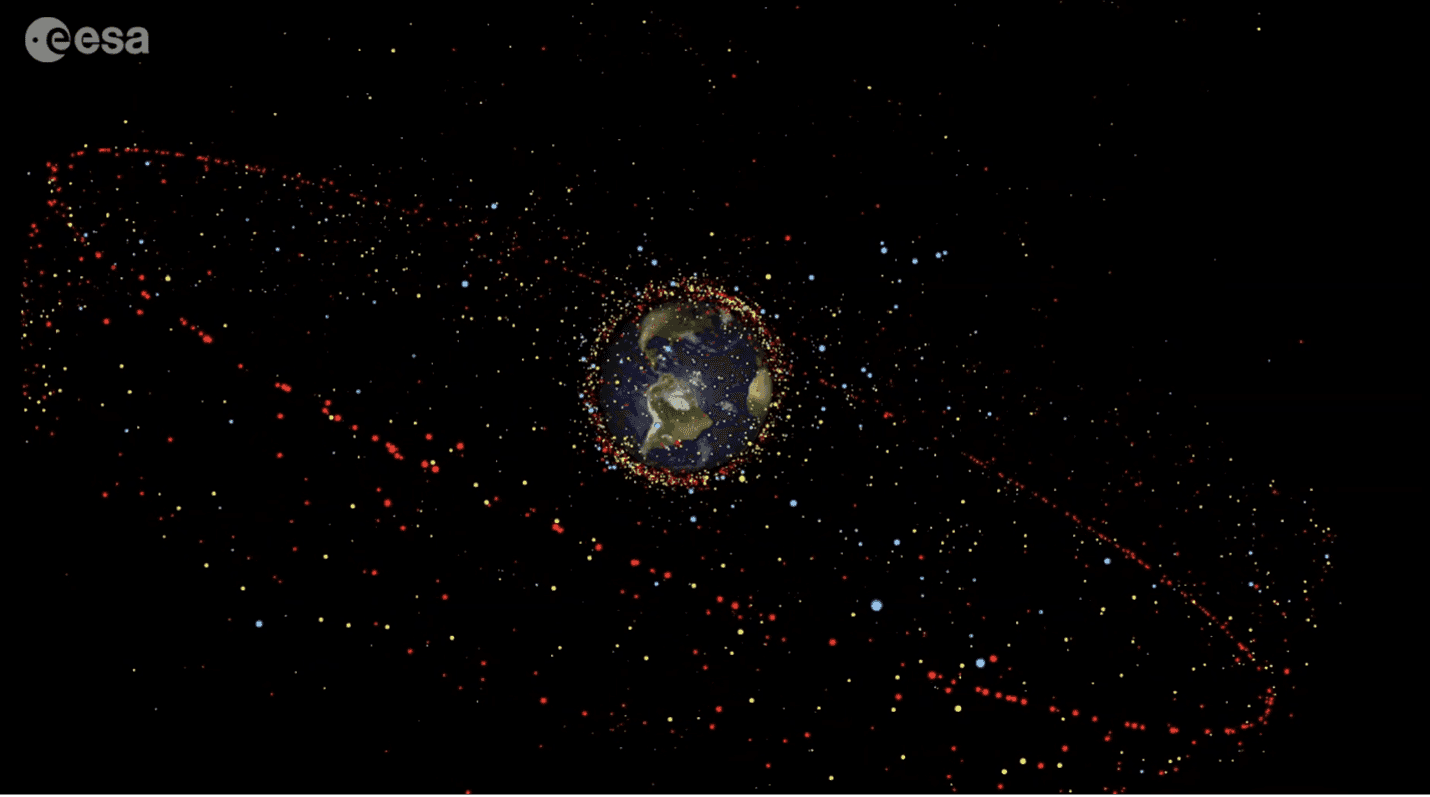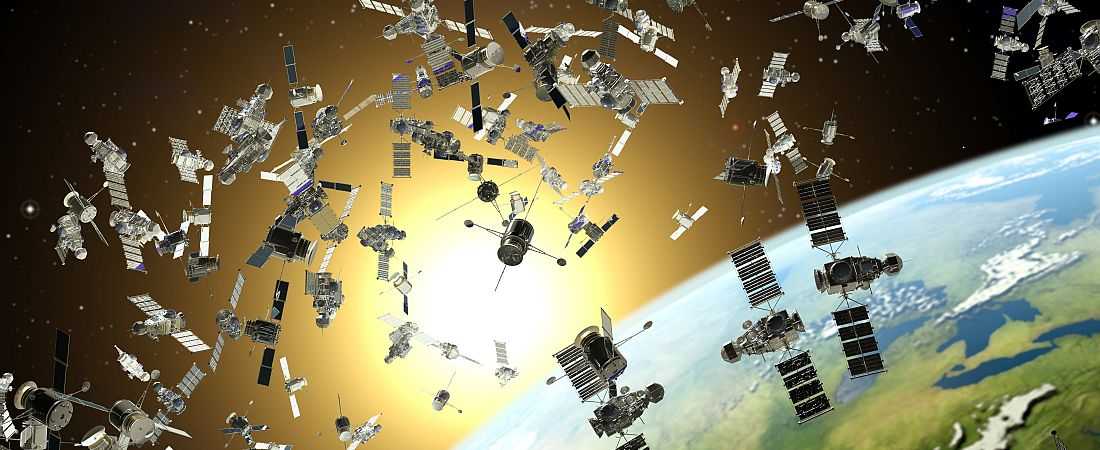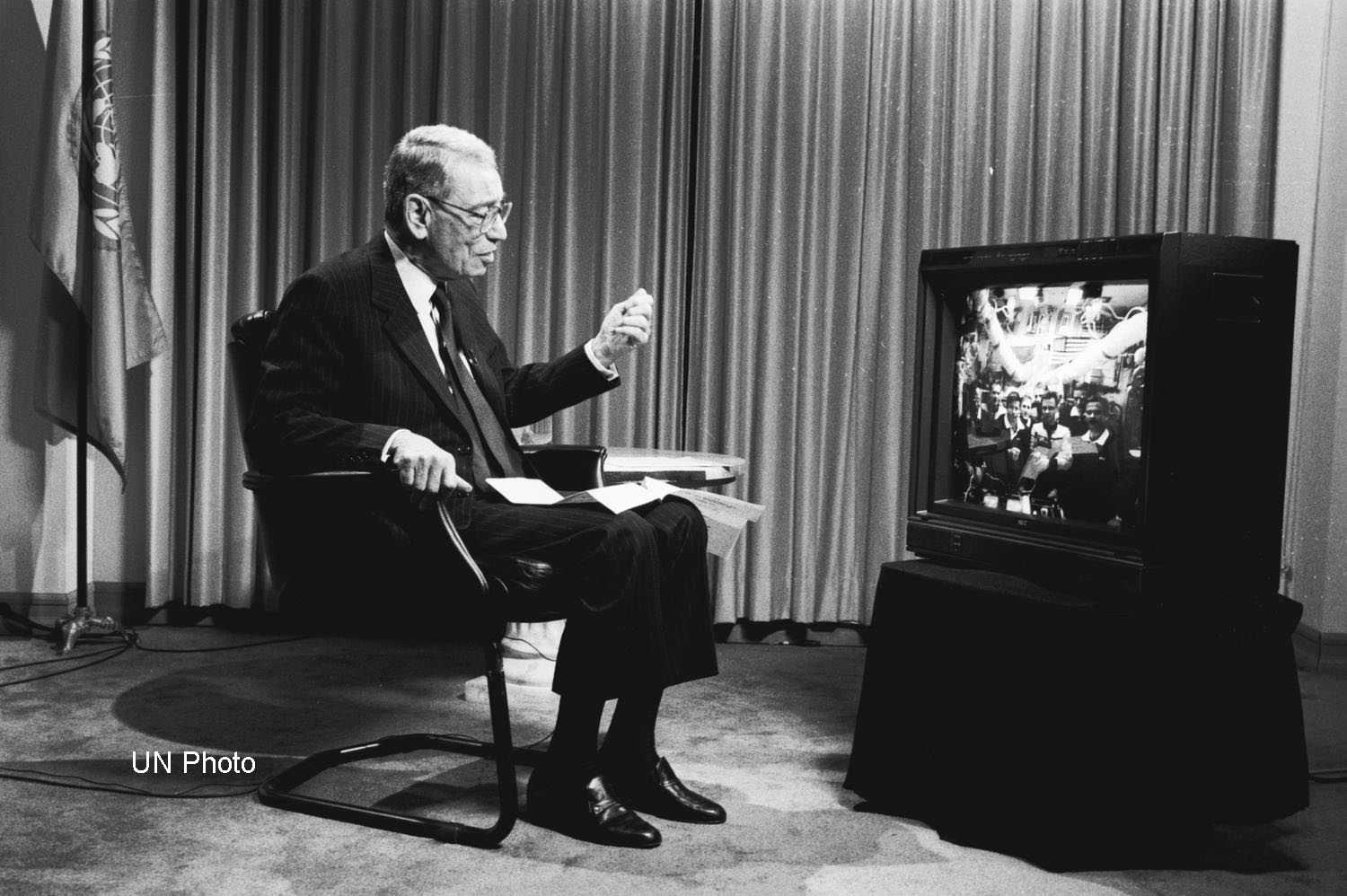Greetings from the authors
- Jana Robinson
Jana Robinson: Managing director of the Prague Security Studies Institute
- Kristína Sikoraiová
Kristína Sikoraiová: International Relations and Diplomacy
- František Avrat
František Avrat Project Coordinator
- Kelig Chappuis
Kelig Chappuis: Project Coordinator for PSSI’s Space Security Program
- Dr Jakub Pražák
Dr Jakub Pražák: Research Fellow in the PSSI’s Space Security Program
- Patrik Martínek
Patrik Martínek: Project Coordinator at PSSI
- Nico Mastrangelo
Nico Mastrangelo: Student of PPE
Space commercialisation
The first use of space goes back to the early Cold War. This was an era dominated by the rivalry between the United States and the Soviet Union, placing national security space at the forefront of space activities.

The progressive development throughout the Cold War era showed that space technologies are inherently dual use. Moreover, space development has become a strategic and prestigious endeavour for powerful countries.4
As the Cold War ended, new opportunities arose for both military and civil collaboration, also demonstrating the benefits of public–private partnerships (PPPs). This has gradually led to the emergence of new space actors, both government and private.5
Historically, space activities were focused on big, time-consuming and very expensive projects, such as the James Webb telescope.
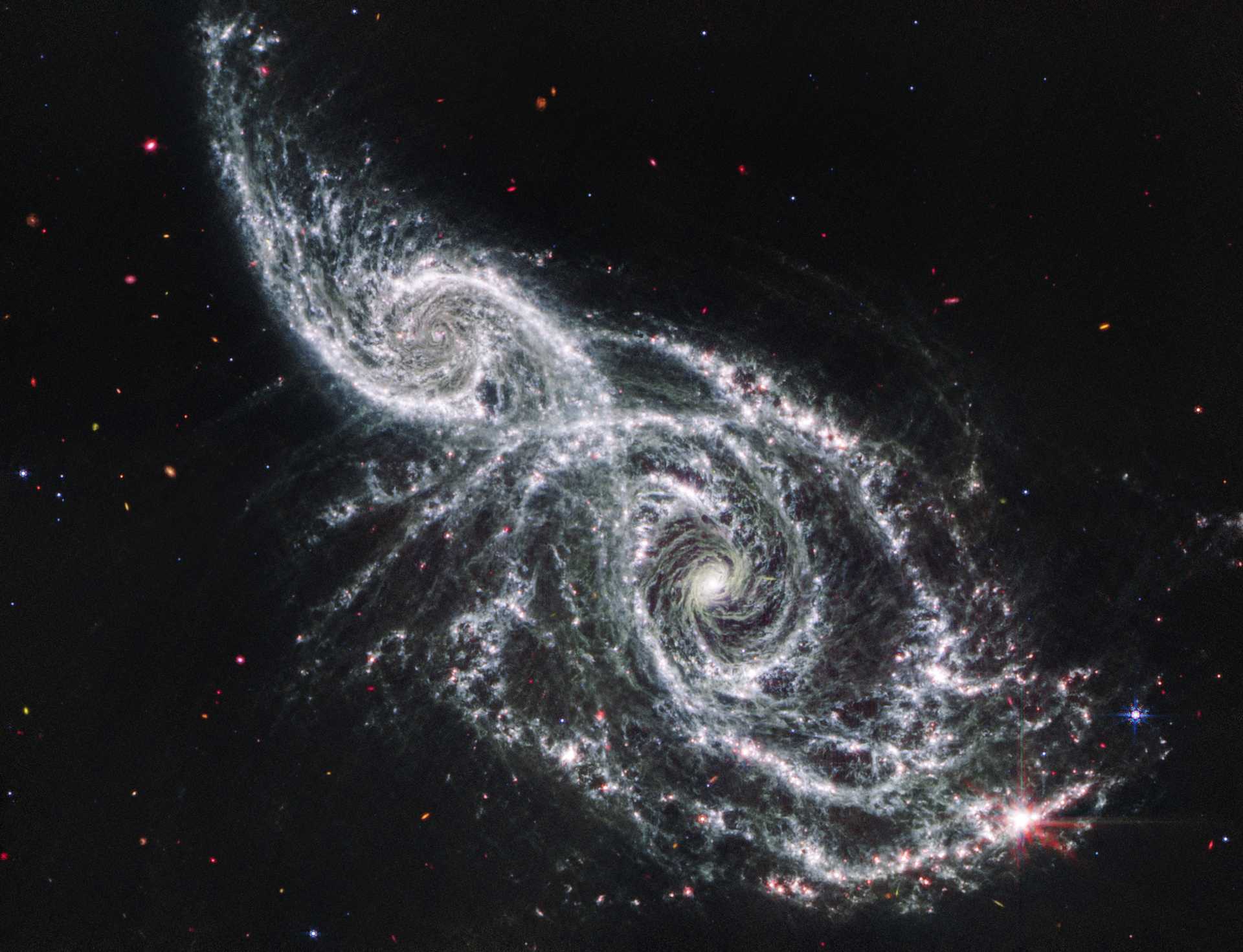
In recent years, with the entrance of the private sector and smaller countries that cannot afford such huge undertakings or investment risks, projects are less time-consuming and R&D-intensive, with a shorter duration of missions and fixed prices. This shift was enabled by the miniaturisation of satellites – CubeSats, which offer a cheap way of trying out a new technology, as well as cheaper access to space due to reusable launchers. These factors allow for more rapid technological demonstration in orbit rather than in the lab.6
In the US, private investors, such as Elon Musk, Jeff Bezos and Richard Branson, have boosted interest in commercial space opportunities on the part of venture capital and private equity investors, now seemingly more willing to absorb the sizable risks related to space activities. Europe has adopted a number of measures to support new investment in start-ups, as well as early and mature space companies (e.g. via the European Investment Fund, the European Space Fund, etc.).
The military perspective on space security
1957–1980: The space race and the birth of space security concerns
- 1957
Launch of Sputnik 1
The Soviet Union launches Sputnik 1, marking the beginning of the space age and initiating the space race.
- 1958
Establishment of NASA
NASA is established in the United States, accelerating space exploration efforts.
- 1961
Yuri Gagarin's Historic Orbit
Yuri Gagarin becomes the first human to orbit Earth aboard Vostok 1, a monumental achievement in space history.
- 1967
Signing of the Outer Space Treaty
The Outer Space Treaty is signed, laying the foundation for international space law, emphasising peaceful uses of outer space, banning weapons of mass destruction in space, and promoting cooperation.
- 1969
Apollo 11 Moon Landing
The Apollo 11 mission lands astronauts Neil Armstrong and Buzz Aldrin on the Moon, a historic moment for humanity.
- 1975
Apollo-Soyuz Test Project
The Apollo-Soyuz Test Project fosters US-Soviet cooperation in space, showcasing potential for collaborative efforts in space exploration and setting precedents for cooperation.
- 1983
Strategic Defense Initiative (SDI)
President Reagan’s Strategic Defense Initiative (SDI) heightens discussions about space-based missile defence systems.
- 1990
End of the Cold War
The end of the Cold War prompts a shift in space policies, encouraging cooperation and collaboration among former adversaries.
- 1991
START I Treaty Signed
The START I treaty is signed, limiting strategic nuclear arms between the US and USSR and indirectly impacting space security discussions.
Multilateral cooperation in the space realm
Conclusion
The space sector has witnessed a surge of activities, ranging from satellite launches and telecommunications to space tourism and resource exploitation a list of all satellite launches worldwide since 1957 can be found here.
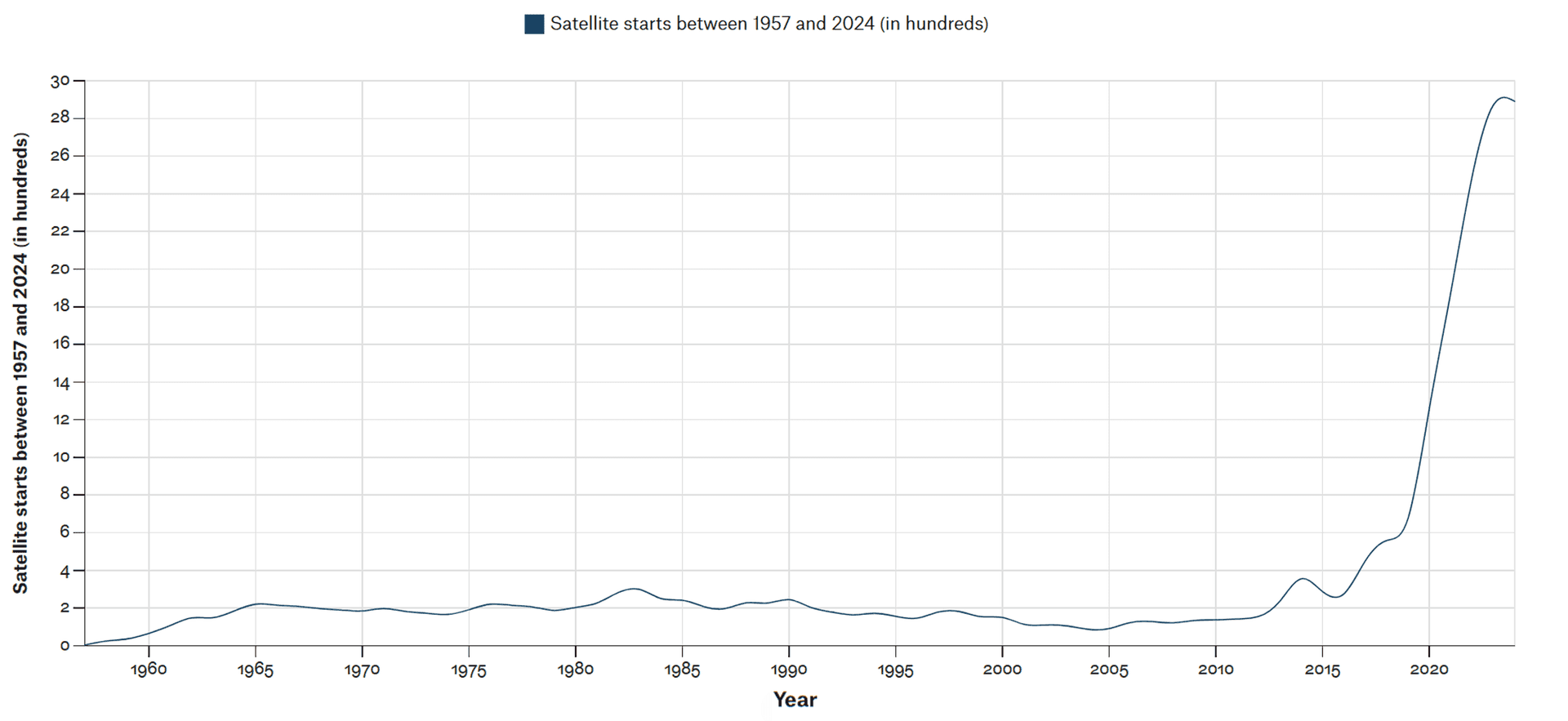
Moreover, there is a growing number of nations actively participating in space activities. Space has become a realm of strategic interest for many countries, with an emphasis on national security, intelligence gathering and communication networks. The dual-use nature of space technologies further emphasises the necessity of safeguarding these assets, highlighting the emergence of dedicated space forces and the need for protective measures to secure national interests in this critical domain. The expansion of space capabilities and the increasing number of actors involved create both opportunities and challenges in terms of international cooperation, governance and potential conflicts.
Quiz
Sources for this Chapter
Erwin, Sandra. “DOD Satcom: Big Money for Military Satellites, Slow Shift to Commercial Services”. spacenews.com, 22 June 2022, available at: https://spacenews.com/dod-satcom-big-money-for-military-satellites-slow-shift-to-commercial-services/.
European Space Agency. “Space Debris by the Numbers”. ESA, 12 September 2023, available at: https://www.esa.int/Space_Safety/Space_Debris/Space_debris_by_the_numbers.
FBI. Federal Bureau of Investigation. https://www.fbi.gov/news/speeches/responding-effectively-to-the-chinese-economic-espionage-threat.
GPS.gov. “The Global Positioning System”. GPS.gov: GPS Overview, February 2021, available at: https://www.gps.gov/systems/gps/.
Howell, Elizabeth. “What Is Space?”. Space.com, 17 February 2022, available at: https://www.space.com/24870-what-is-space.html.
Lockheed Martin. 2023. “Early Missile Warning - Space Based-Infrared System (SBIRS)”. Lockheed Martin, available at: https://www.lockheedmartin.com/en-us/products/sbirs.html.
Quintana, E. 2017. “The new space age: Questions for defence and security”. The RUSI Journal 162 (3): pp. 88–109.
Radu, Sintia. 2020. “China Is Hurting Innovation, Report Shows”. U.S. News, available at: https://www.usnews.com/news/best-countries.
Spatial Post. “17+ Revolutionary Application of Remote Sensing in Defence Technology”.
spatialpost.com, 30 May 2023, available at: https://www.spatialpost.com/application-of-remote-sensing-in-defence/.
The Nuclear Threat Initiative. 2021. “Conference On Disarmament (CD)”. Nti.org, available at: https://www.nti.org/education-center/treaties-and-regimes/conference-on-disarmament/.
United Nations. 2021. “Disarmament And International Security (First Committee)”. Un.org, available at: https://www.un.org/en/ga/first/.
United Nations. 2021. “Special Political and Decolonization (Fourth Committee)”. Un.org, available at: https://www.un.org/en/ga/fourth/index.shtml.
United Nations Office for Outer Space Affairs. 2021. “Committee On The Peaceful Uses Of Outer Space”. UNOOSA, available at: https://www.unoosa.org/oosa/en/ourwork/copuos/index.html.
Wray, Christopher. 2020. “Responding Effectively to the Chinese Economic Espionage Threat”.
Wu, Chu. 2020. “Tensions Mount over China’s Industrial Espionage in US”. VOA. Voice of America (VOA News), available at: https://www.voanews.com/a/east-asia-pacific_voa-news-china_tensions-mount-over-chinas-industrial-espionage-us/6194032.html.
Footnotes
-
Howell, Elizabeth. “What Is Space?”. Space.com, 17 February 2022, available at: https://www.space.com/24870-what-is-space.html. ↩
-
As of 6 December 2023. ↩
-
European Space Agency. “Space Debris by the Numbers”. ESA, 20 February 2024, available at: https://www.esa.int/Space_Safety/Space_Debris/Space_debris_by_the_numbers ↩
-
Ibid. ↩
-
Ibid. ↩
-
Quintana, E. 2017. “The new space age: Questions for defence and security”, The RUSI Journal 162 (3): pp.88–109. ↩
-
Erwin, Sandra. “DOD Satcom: Big Money for Military Satellites, Slow Shift to Commercial Services”. spacenews.com, 22 June 2022, available at: https://spacenews.com/dod-satcom-big-money-for-military-satellites-slow-shift-to-commercial-services/. ↩
-
Spatial Post. “17+ Revolutionary Application of Remote Sensing in Defence Technology”. spatialpost.com, 30 May 2023, available at: https://www.spatialpost.com/application-of-remote-sensing-in-defence/. ↩
-
Lockheed Martin. 2023. “Early Missile Warning - Space Based-Infrared System (SBIRS)”. Lockheed Martin, available at: https://www.lockheedmartin.com/en-us/products/sbirs.html. ↩
-
According to PSSI’s internal research. ↩
-
Wu, Chu. 2020. “Tensions Mount over China’s Industrial Espionage in US”. VOA. Voice of America (VOA News), available at: https://www.voanews.com/a/east-asia-pacific_voa-news-china_tensions-mount-over-chinas-industrial-espionage-us/6194032.html. ↩
-
Wray, Christopher. 2020. “Responding Effectively to the Chinese Economic Espionage Threat”. FBI. Federal Bureau of Investigation, available at: https://www.fbi.gov/news/speeches/responding-effectively-to-the-chinese-economic-espionage-threat. ↩
-
Radu, Sintia. 2020. “China Is Hurting Innovation, Report Shows”. U.S. News, available at: https://www.usnews.com/news/best-countries. ↩
-
United Nations. 2021. “Disarmament And International Security (First Committee)”. Un.org, available at: https://www.un.org/en/ga/first/. ↩
-
United Nations. 2021. “Special Political and Decolonization (Fourth Committee)”. Un.org, available at: https://www.un.org/en/ga/fourth/index.shtml. ↩
-
United Nations Office for Outer Space Affairs. 2021. “Committee On The Peaceful Uses Of Outer Space”. UNOOSA, available at: https://www.unoosa.org/oosa/en/ourwork/copuos/index.html ↩
-
The Nuclear Threat Initiative. 2021 “Conference On Disarmament (CD)”. Nti.org, available at: https://www.nti.org/education-center/treaties-and-regimes/conference-on-disarmament/. ↩
